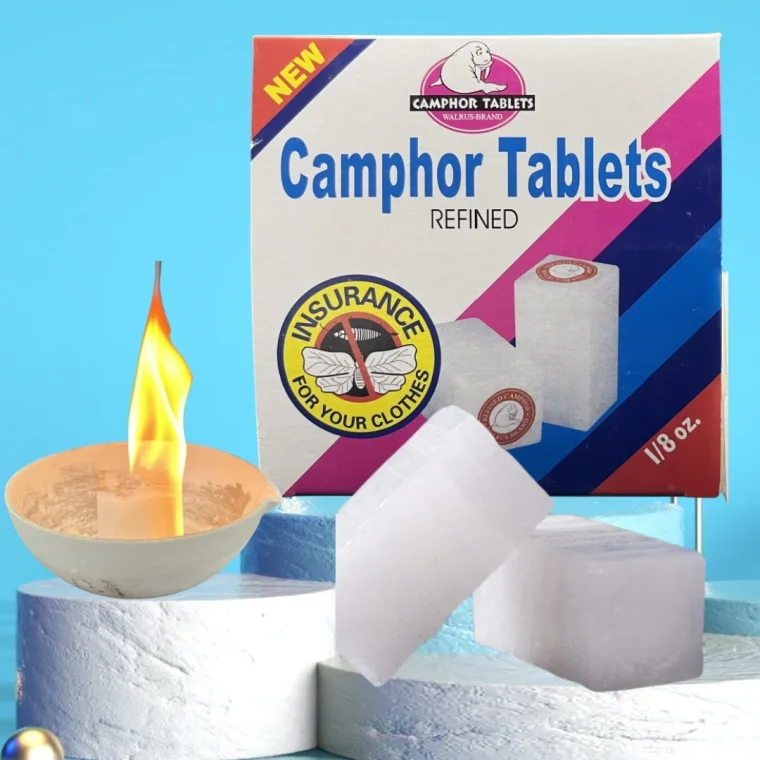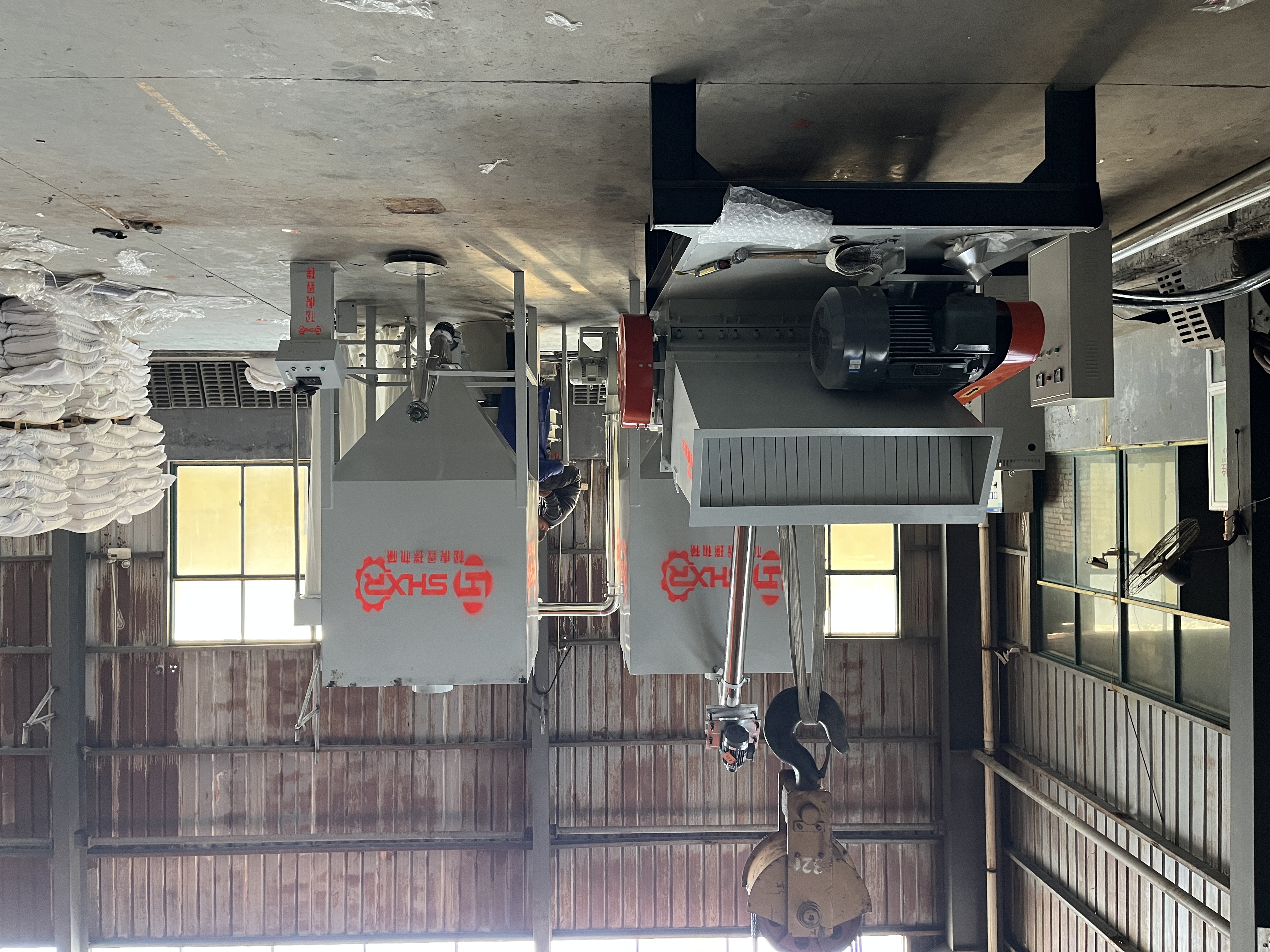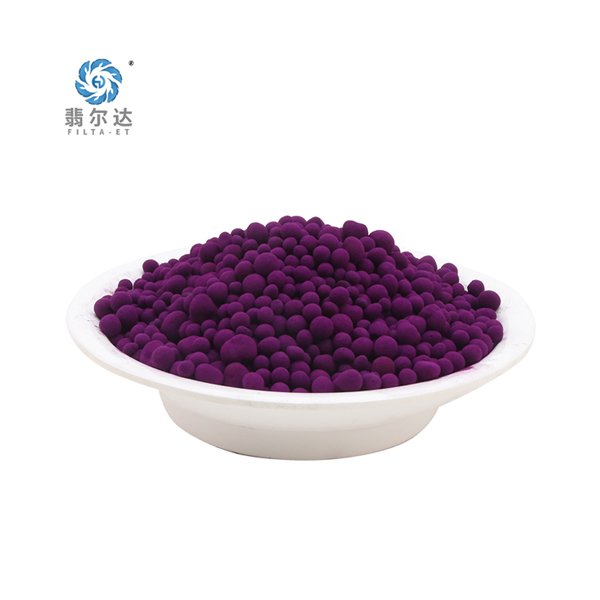Coffee makers are a staple in many households, providing the daily fuel that keeps us energized and focused. However, like any appliance, coffee makers have a finite lifespan. Knowing when to throw out your coffee maker can save you from subpar brews and potential health risks. In this article, we will explore the signs that indicate it's time to retire your coffee maker, the implications of using an outdated machine, and how to choose a new one that meets your needs.
Understanding the Lifespan of Coffee Makers
Most coffee makers have a lifespan of about 5 to 10 years, depending on the type, brand, and frequency of use. Drip coffee makers, single-serve machines, and espresso machines all have different durability levels. Regular maintenance can extend the life of your coffee maker, but eventually, wear and tear will take their toll.
Signs It’s Time to Say Goodbye
- Inconsistent Brewing Quality
One of the most telling signs that your coffee maker is nearing the end of its life is a decline in brewing quality. If your coffee tastes weak, overly bitter, or has an unusual flavor, it may be time to consider a replacement. Inconsistent temperatures can lead to improper extraction, resulting in a less-than-ideal cup of coffee. - Frequent Breakdowns
If your coffee maker requires constant repairs or has started to malfunction regularly, it may be more cost-effective to invest in a new machine. Frequent issues can include leaks, failure to brew, or problems with the heating element. These persistent problems can disrupt your morning routine and lead to frustration. - Visible Wear and Tear
Inspect your coffee maker for signs of physical damage. Cracks in the carafe, worn-out buttons, or a frayed power cord can pose safety hazards. If the exterior shows significant wear, it may be a sign that the internal components are also deteriorating. - Mold and Bacteria Buildup
Coffee makers can harbor mold and bacteria, especially if they are not cleaned regularly. If you notice a persistent musty smell or visible mold, it may be time to replace the machine. While thorough cleaning can sometimes resolve these issues, a heavily contaminated coffee maker may not be worth the risk to your health. - Outdated Technology
As technology evolves, so do coffee makers. If your machine lacks features that enhance the brewing experience—such as programmable settings, built-in grinders, or smart technology—it may be time to upgrade. Newer models often offer improved energy efficiency and better brewing capabilities.
Health Implications of Using an Old Coffee Maker
Using an outdated coffee maker can have health implications. Bacteria and mold can thrive in damp environments, and if your coffee maker is not cleaned properly, you could be brewing more than just coffee. Additionally, older machines may contain materials that are no longer considered safe, such as certain plastics that can leach harmful chemicals into your brew.
Choosing a New Coffee Maker
When it’s time to invest in a new coffee maker, consider the following factors:
- Brewing Method
Decide on the type of coffee maker that suits your lifestyle. Options include drip coffee makers, single-serve machines, French presses, and espresso machines. Each has its own advantages and brewing styles. - Capacity
Consider how much coffee you typically brew at one time. If you often entertain guests or have a large household, a larger capacity machine may be beneficial. - Features
Look for features that enhance convenience and quality, such as programmable settings, built-in grinders, and thermal carafes that keep coffee hot without a warming plate. - Ease of Cleaning
Choose a model that is easy to disassemble and clean. Some machines come with self-cleaning functions, which can save you time and effort. - Energy Efficiency
Opt for energy-efficient models that consume less power, which can save you money in the long run and reduce your environmental footprint.
Conclusion
Knowing when to throw out your coffee maker is crucial for maintaining the quality of your coffee and ensuring your health. By recognizing the signs of wear and tear, you can make an informed decision about when to retire your machine. Investing in a new coffee maker that meets your needs can enhance your brewing experience and ensure that every cup is brewed to perfection. Remember, a good cup of coffee starts with a reliable coffee maker—don’t settle for anything less!



